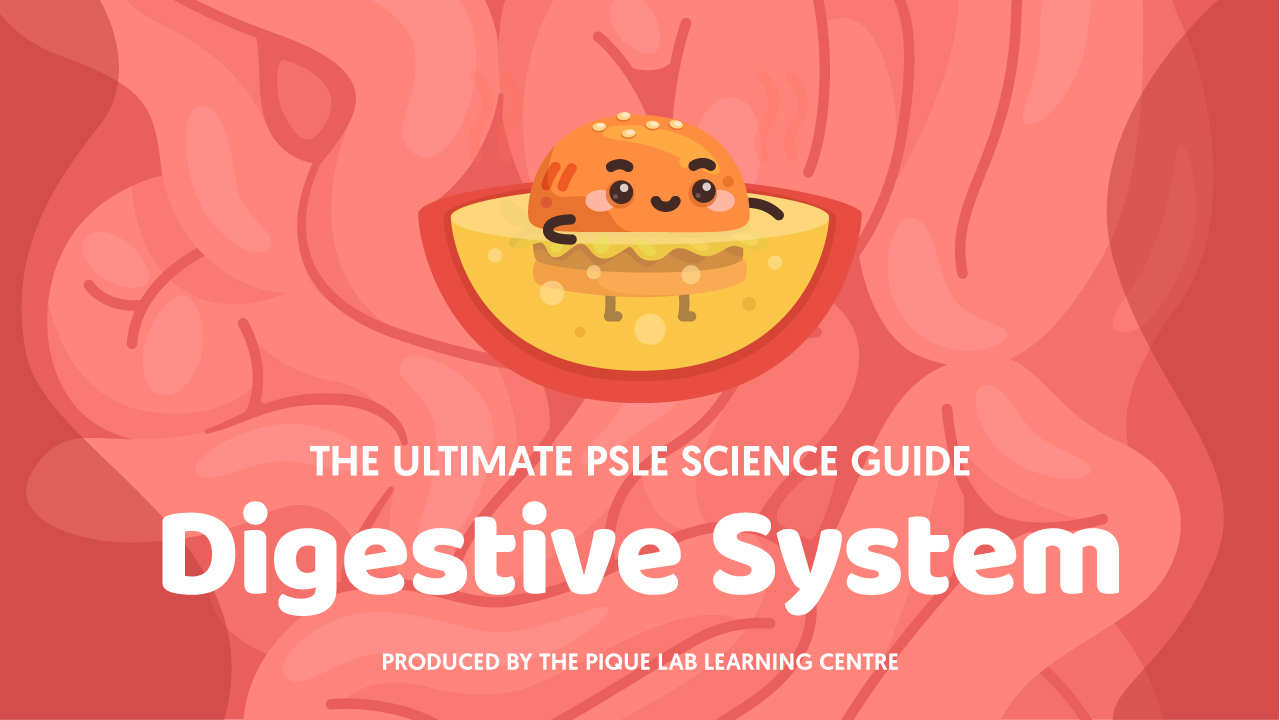Have you ever wondered how to help your child get started with his/her preparation for the upcoming SA2 examinations?
These days, past year examination papers are increasingly accessible for many parents. A simple Google search will bring up a plethora of free or paid sources such as SG Test Paper and Kiasu Exam Paper. Past year examination paper vendors have also been reportedly spotted in malls like Bras Basah Complex, Lot One and Thomson Plaza.
Using past year examination papers as a means of practice is often a quick and easy way to help students become more familiar with questions they may potentially encounter.
Here’s the challenge: With a wide variety of papers out there from different schools across different years, how do we know which papers will be the most relevant to your child’s revision?
In this article, I’m going to analyse the 2017 Nanyang Primary School (NYPS) P5 SA2 Examination Paper.
Read Also:
By the end of this post, you will have a better understanding on the different topics tested in this paper, along with 2 questions that I found particularly interesting to discuss.
Let’s get started.
What Are The Topics Tested In The 2017 Nanyang Primary School P5 SA2 Examination Paper?
Students who are in Primary 5 would typically learn these topics in school:
- Cells
- Water Cycle
- Reproduction in Humans
- Reproduction in Plants
- Transport in Plants
- Respiratory and Circulatory System
- Electricity
As such, it is not surprising to find that all these topics are tested in the Nanyang Primary School paper. Out of these 7 topics, the topic of “Electricity” was tested the most. There were 3 open-ended questions and 9 multiple-choice questions on Electricity. That’s a total of 12 questions out of 41 questions, which carries a weightage of 30%!
The topics of “Energy” and “Forces” are usually taught in P6 for most schools. However, Nanyang Primary School taught these topics in Primary 5 and they were tested in the SA2 paper.
Apart from the aforementioned topics, the SA2 paper also tested the students on the concepts from the topics of “Animal Life Cycles”, “Magnets” and “Digestive System”, which were taught in Primary 3 or Primary 4.
By now, you might have realised that there are certain topics, which were not tested. Topics such as “Matter”, “Heat Energy”, “Light Energy” and “Materials” did not appear in this paper. Thus, if these are the topics that your child requires practice on, I would not recommend practising using this paper. However, if your child would like to get access to questions with a heavier focus on Primary 5, especially on Electricity, I would say this is the paper to go for! 🙂
Besides sharing with you the weightage of the different topics in the paper, I would also like to discuss some interesting questions from the paper.
Let’s Have A Look At Some Interesting 2017 Nanyang Primary School Questions
Question 29c
Both of my students did not manage to achieve full marks for Q29c, which is testing on the topic of Cells. Let us take a look at the question:

Source: Nanyang Primary School – 2017 P5 SA2 Science Examination Paper
The question states that plants will grow taller when their cells grow taller. This is a common misconception that students have about the growth of organisms. Some students might think that when organisms grow, the size of the cells might grow bigger too. However, that is incorrect.
In fact, when an organism grows bigger, the size of the cells remains the same and it is the increase in the number of cells that cause the organism to grow bigger.
Imagine this: After a nice vacation overseas during the school holidays, you suddenly gained a few kilograms and your waistline increased a few cm. Does that mean that your cells became bigger? No! It just means that there are now more cells in your body!
Even though my students were aware of this misconception, the reason why they did not answer this question correctly is because they could not link that concept to the question as the question was phrased differently.
This is where question exposure would be beneficial to students. Many times, the concepts tested are largely similar but students tend to lose marks because they are unable to relate the questions to a concept that they have learnt before. The link between the questions and the concepts involved would be stronger with more similar question exposure.
Question 36b
Let us now take a look at Q36b, which is testing on the topic of Water Cycle!

Source: Nanyang Primary School – 2017 P5 SA2 Science Examination Paper
I would say that this student has answered Part (b) pretty well as he has included the heat transfer involved in this question and this is one part that many students often omit in their answers.
However, his carelessness has caused him some marks.
We have observed that our students tend to find the answering structures taught at The Pique Lab to be quite lengthy. They would attempt to shorten our suggested answer by replacing the objects involved in the question to “it” or “them”. By doing so, it may cause confusion to the examination marker. Why?
Let’s take a look at the student’s answer:
“As the orange juice was boiled, it gained heat and evaporated to form water vapour. The warmer water vapour then rises and comes into contact with the cooler inner side of the plastic sheet, loses heat to it and condenses to form tiny water droplets, which drips into the beaker.”
So, what is wrong with this answer? Let us put our focus on the first sentence, “As the orange juice was boiled, it gained heat and evaporated to form water vapour”. When the student uses the word “it”, it implies that he is referring to the orange juice and that it is the orange juice that gained heat and evaporated to form water vapour, which is inaccurate.
The orange juice is made up of different components – water and orange concentrate. Does it mean that both the water and the orange concentrate can evaporate to form water vapour? The answer is no! As a result, half a mark is deducted from the student’s response. Only the water in the orange juice is able to gain heat from the heat source and evaporate to form water vapour!
Thus, the correct answer is:
“As the orange juice was boiled, the water in the orange juice gained heat and evaporated to form water vapour. The warmer water vapour then rises and comes into contact with the cooler inner side of the plastic sheet, loses heat to it and condenses to form tiny water droplets, which drips into the beaker.”
Can you now see how important it is to specify clearly the object involved in your answer? By using ambiguous terms like “it” and “them”, it is easy to breed confusion, thereby costing your child precious marks!
In Conclusion
I hope this article has helped you in the following areas:
- Deciding whether practicing on the 2017 NYPS P5 SA2 paper would be suitable for your/your child’s needs
- Being aware of some of the possible pitfalls in the 2 questions discussed above
We hope you like this Nanyang Primary School 2017 P5 SA2 Examination Paper Analysis. Stay tuned for more analysis of other past year school papers! 🙂

If you like our methodology, we’ve some upcoming workshops:







